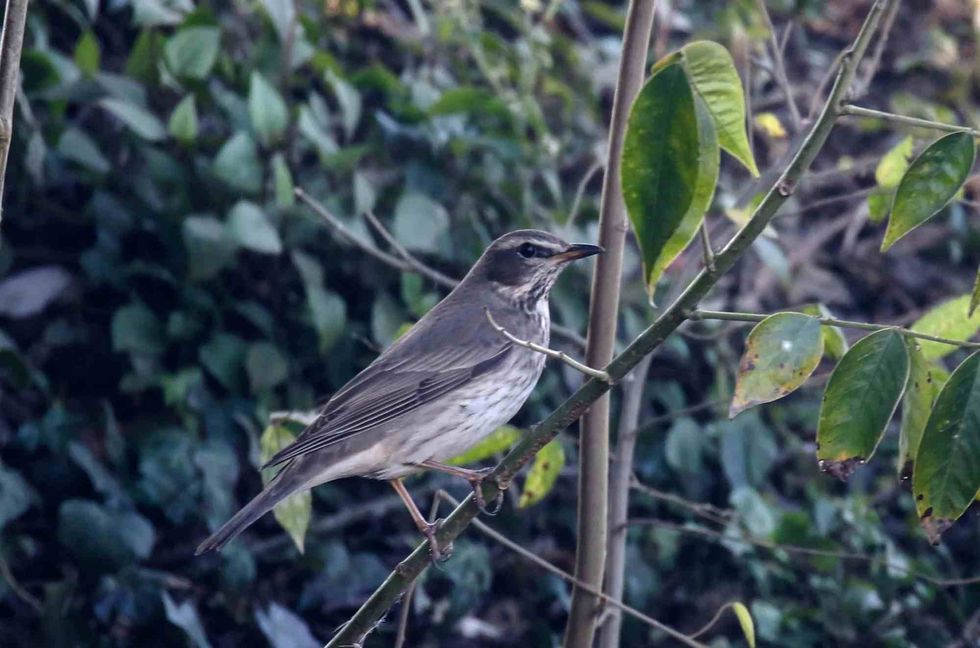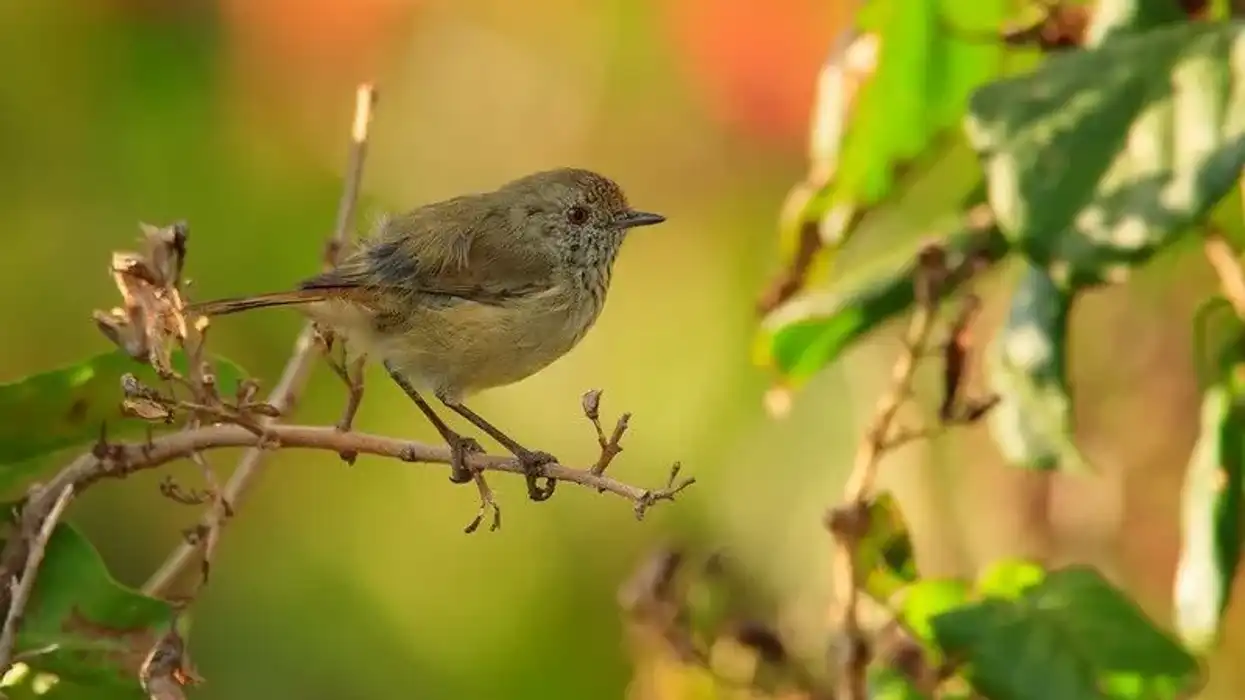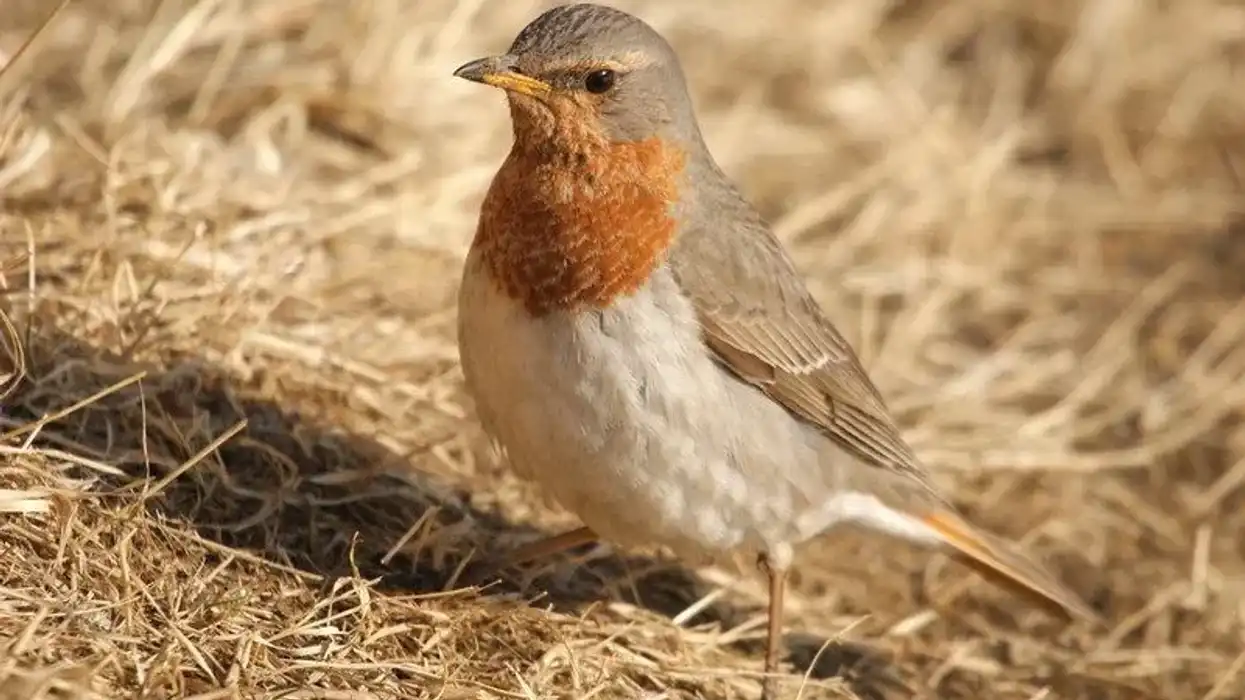Birds are ever so amusing with their colorful wings and unique features. One such species is the black-throated thrush (Turdus atrogularis). Quite famous among bird enthusiasts, this bird can be seen in a wide range of places around the world.
This bird is a passerine bird from the thrush family. In case you weren't aware, birds from the Turdidae family are seen almost all around the world!
Passerine birds are those that sit on branches of trees with their three toes forward, birds that are not passerine do not possess this feature. Along with their beautiful features, these birds are melodious and are considered to be songbirds. Most passerines are songbirds.
These birds are sometimes combined with polytypic species which consists of birds such as the dark-throated thrush, red-throated thrush, and more. However, research has shown clearly that they are not the same. These birds are migratory which is another factor for their wide distribution.
If you found this article interesting, you should definitely check out Hermit thrush facts and song thrush facts.
Black-throated Thrush Interesting Facts
What type of animal is a black-throated thrush?
The black-throated thrush (Turdus atrogularis) is a songbird just like most birds from the thrush family. They are migratory by nature. Their songs will make you fall in love with them!
What class of animal does a black-throated thrush belong to?
Like most other birds, the black-throated thrush (Turdus atrogularis) is from the class of Aves and comes from the family of Turdidae. Recently they had been combined with the species of other birds such as the dark throated thrush, however, studies have shown that they are monotypic.
How many black-throated thrushes are there in the world?
This species has a wide range of distribution across the world. Their population may range from 100,000-499,999.
Where does a black-throated thrush live?
These birds are often seen in different types of forests along with eastern Europe, western Siberia, northwest Mongolia. They may stray and be seen in Japan too. This species is also seen in migrating to the Middle East during winters.
What is a black-throated thrush's habitat?
This melodious species inhabits areas with lots of trees where it can perch and sing songs. They are seen to breed in open areas near river waters as well as coniferous or mixed deciduous forests in order to search for water and food to feed on.
Who do black-throated thrushes live with?
This black-throated thrush, Turdus atrogularis, may be solitary or live with other pairs of birds. There is little information regarding this species. While migrating, however, these birds roost in evergreen forests with other birds from the thrush family.
How long does a black-throated thrush live?
Unfortunately, the lifespan of the black-throated thrush, Turdus atrogularis, is not known.
How do they reproduce?
This species has one of the quirkiest eggs you will come across! They are known to mate from May to July and breed with separate pairs.
In order to lay eggs, they build their nests about 4.92-6.56 ft (1.5-2 m) off the ground in trees such as pine. Their nest is carefully constructed with wet soil, thin grass stems, and leaves.
They lay about four to seven greenish-blue eggs which are incubated by the female bird for 11-12 days. These babies when hatched are taken care of by both the parents.
What is their conservation status?
This species has a wide range of population and therefore is saved from being vulnerable. They are currently labeled as of Least Concern by the IUCN.
Black-throated Thrush Fun Facts
What do black-throated thrushes look like?
The male has a pitch-black throat with a yellow bill, a gray back, and a whiteish lower body, whereas the female does not have a dark throat, rather she has black spots around her neck with spots. The spots around the female thrush appear as a cheetah print, how cool!
The males also have orange-colored under wings which make it look magnificent when it's flying! The juveniles of this species look very similar to the female initially but develop streaks on their back as they grow older.
How cute are they?
This species is extremely cute. They are very interesting to watch as they perch and move around on trees. They can be seen in search of food in forests with their adorable tiny bodies.
How do they communicate?
Not much is known regarding their communication however black-throated thrush song is unmissable. You would love to be around this species if you are in search of some calm melody to enhance your weekend. They have a sweet voice and sing with pauses in between.
How big is a black-throated thrush?
This species is not huge in size, they weigh around 2.4-3.8 oz (70-110 g) and have a longer range of about 9.44-10.6 in (24-25 cm). However, compared to sparrows they are 10 times bigger!
How fast can a black-throated thrush move?
Little is known regarding how fast they can move.
How much does a black-throated thrush weigh?
The migratory species weighs around 2.4-3.8 oz (70-110 g).
What are the male and female names of the species?
There are no sex-specific names assigned to the males or females.
What would you call a baby black-throated thrush?
They are called chicks.
What do they eat?
They are insectivores and munch on insects such as beetles as well as invertebrates, they often hop and eat their food by cocking their heads on one side, it is absolutely adorable to watch. They eat berries, cherries and are seen hunting in waters for aquatic invertebrates.
Are they dangerous?
No! They are peaceful and stay away from humans and will flee if attacked by predators.
Would they make a good pet?
Although it is beautiful, it is a wild bird and should not be kept as a pet. Given their wide range distribution, they love to fly in the wild, therefore keeping them as a pet would be restrictive and unfair to them.
Black-throated thrush vs dark-throated thrush?
The dark-throated thrush has a reddish throat as well as reddish underwings as compared to (Turdus atrogularis). Their population range is seen in different areas mostly china, Manchuria, and northeast India.
Comparisons with other thrushes
If you are wondering which is the largest thrush ever to exist, it is the great thrush that weighs 4.5-6.2 oz (128-175 g) and can grow up to 11-13 in (28-33 cm) in size!
Some other thrushes include the gray-cheeked thrush, northern waterthrush, eyebrowed thrush, and mistle thrush.
Here at Kidadl, we have carefully created lots of interesting family-friendly animal facts for everyone to discover! Learn more about some other birds from our wood thrush facts and Louisiana waterthrush facts pages.
You can even occupy yourself at home by coloring in one of our free printable black throated thrush coloring pages.









